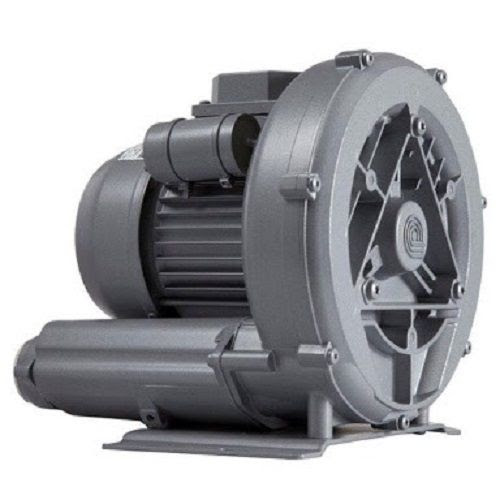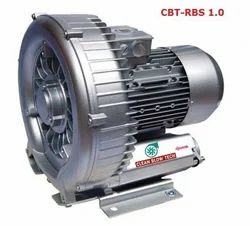Can you use a leaf blower on wet leaves?
How to Use a Leaf Blower
RELATED: 15 Tricks to Know If You Hate Fall Yard Work
Choose the right leaf blower for your size yard.
A leaf blower is most effective for gathering the bulk of a lawn’s leaves into large piles, to be removed with a tarp or by hand. Don’t expect to blow every last leaf off your lawn with a leaf blower. That will drive you crazy. Try hard not to be too fussy. You can follow up with a leaf rake at the end to get the stragglers.
The vacuum mode of a leaf blower is best reserved for smaller and less accessible jobs, where a leaf rake would be difficult to use. Use it for leaves that have been trapped around rocks, at the bases of fences, or in the tight spots around your house. It’s also handy for getting leaves off your deck, or for removing small amounts of dirt and grass clippings from your drive.
Can you use a leaf blower on wet leaves?
When and How to Use a Leaf Blower
Consider the weather before you head outside to clear leaves.
Wait for calm or no winds. If you can, remove your leaves on a day when the wind is blowing in the direction you want them to go, or on a day that is still. You’ll find that doing otherwise is seriously counter-productive.
When possible, wait for wet leaves to dry. Dry leaves are easier to remove with a blower than wet leaves. Test the moisture of a leaf pile by directing your blower at its base. If it barely budges, it might be best to do another chore instead and come back the next day.
It’s all in the technique.
Plan where you want your leaves to ultimately land. Position a tarp in the designated spot, so you can haul the leaves to your compost heap when you’re finished. If you’re blowing them directly into a wooded area or compost pile, do it in sections. Collect your leaves into your designated spot and then separate 6’ sections of leaves at a time, blowing them to their final resting place.
Work in one direction only. That will help prevent you from blowing leaves into an area you’ve already worked through.
Hold the blower at your side and point the front end at the ground at a shallow angle. Use a smooth back-and-forth motion as you walk slowly with the leaf blower in front of you.
How to Use a Leaf Blower Safely
Gear up to use a leaf blower safely.
Remember to wear eye and ear protection when blowing leaves. Small sticks, leaves, and other debris can easily get blown into eyes, and leaf blowers generate between 70 and 75 decibels, which is not only considered annoyingly loud by some but can damage hearing after prolonged exposure.
With a little practice, a leaf blower can get you to that post-leaf-removal celebratory beer quicker than a rake.
How do you Unflood a leaf blower?
How do you fix a leaf blower that won’t start?
How do you start a leaf blower?
What is the difference between a blower and a fan?
What does blower motor do?
Can you use a leaf blower on wet leaves?
Are leaf blowers worth it?
Should I get a leaf blower or vacuum?
How does a Roots blower work?
What is the difference between a Roots blower and a screw blower?
What is a lobe blower?
 وکیوم آبی و بلوئر هوا فروش و تعمیر انواع وکیوم آبی و بلوئر هوا
وکیوم آبی و بلوئر هوا فروش و تعمیر انواع وکیوم آبی و بلوئر هوا










